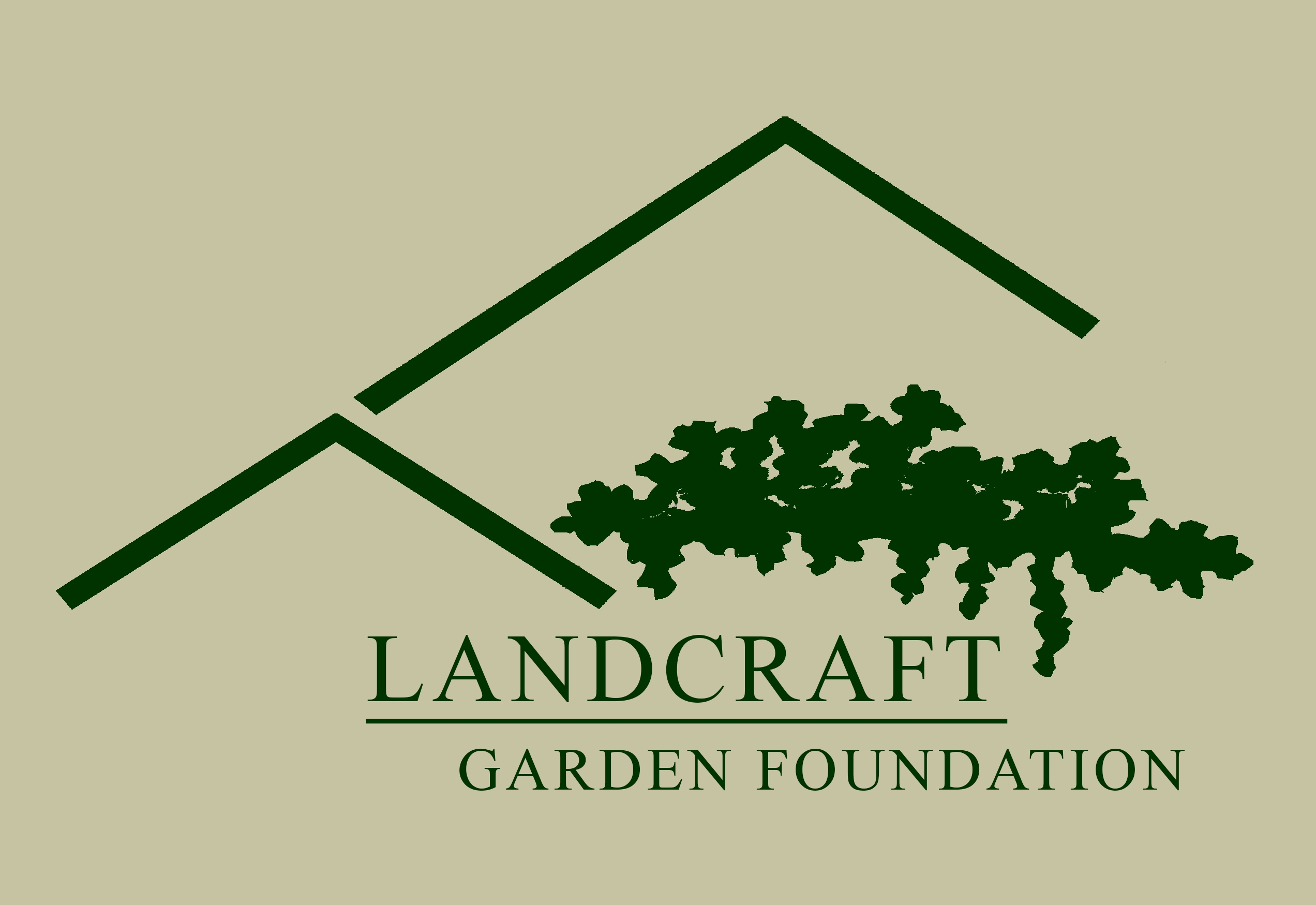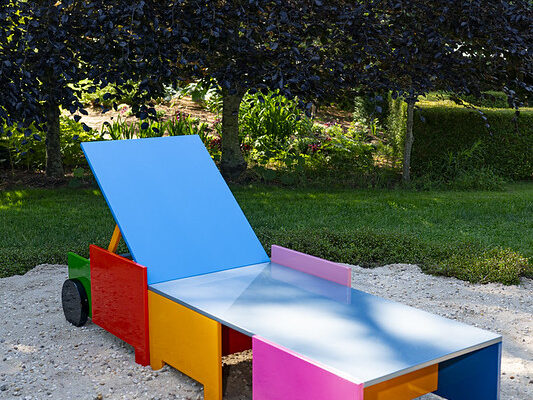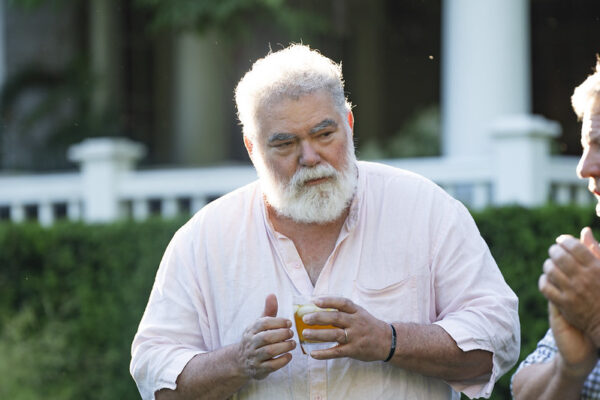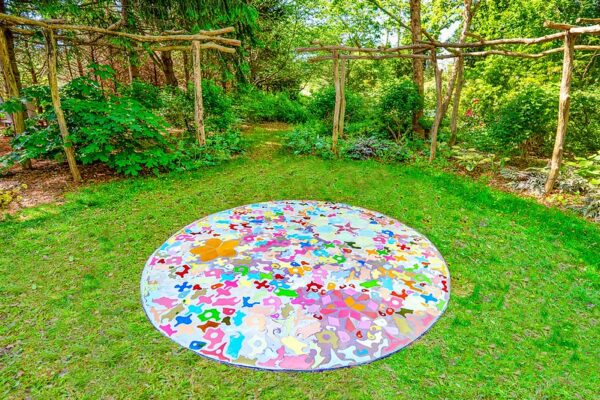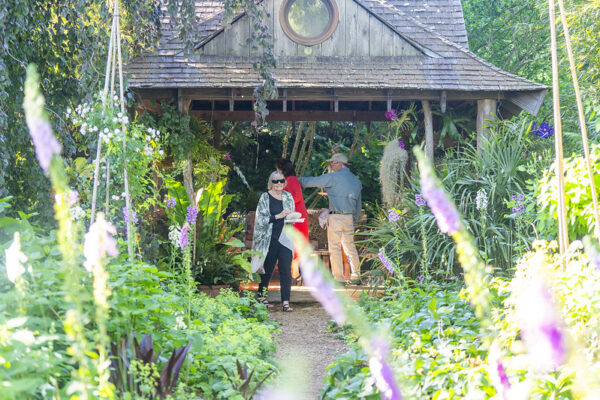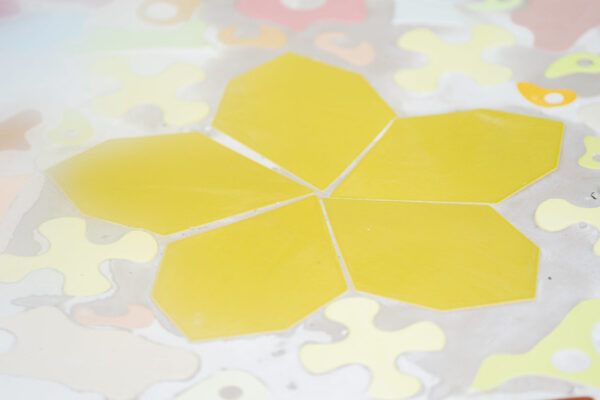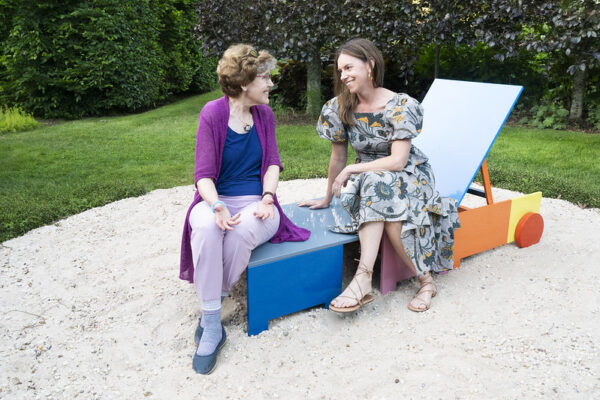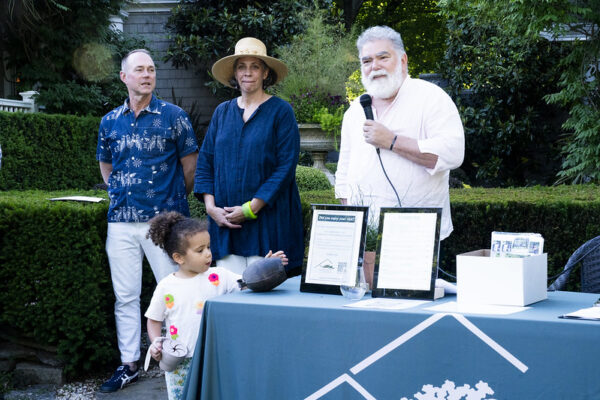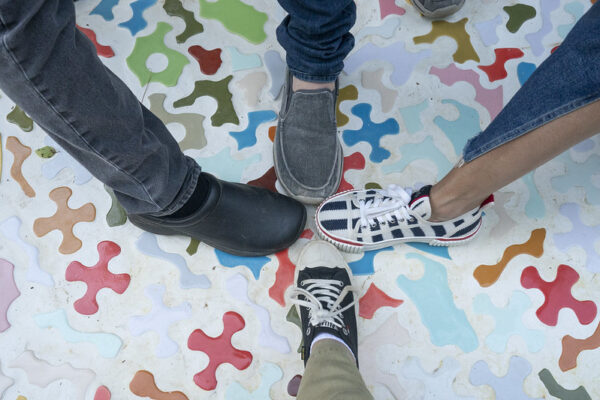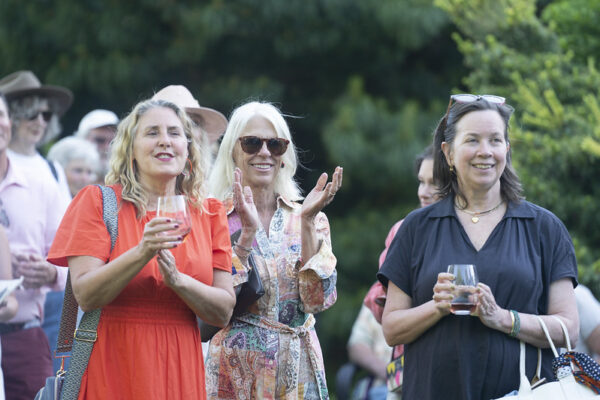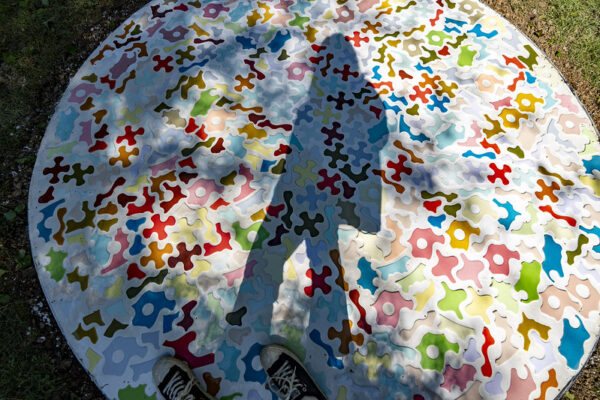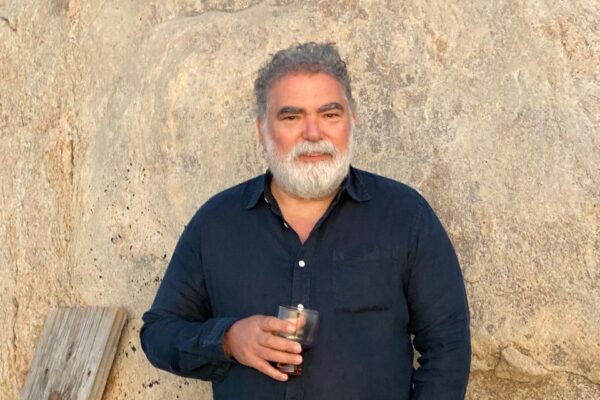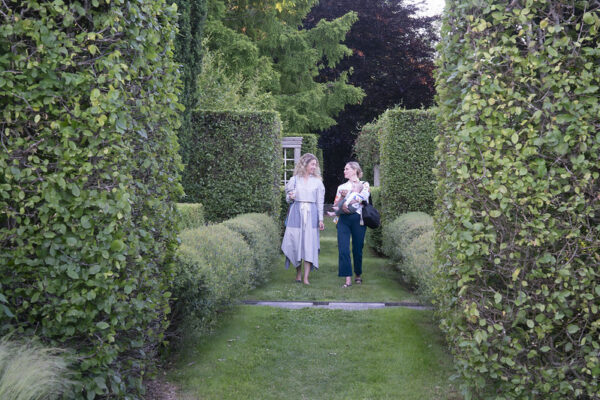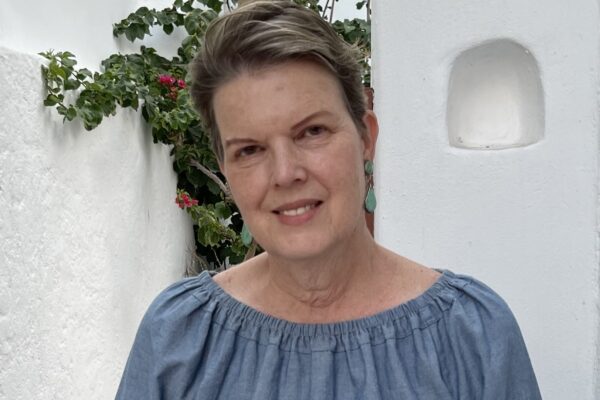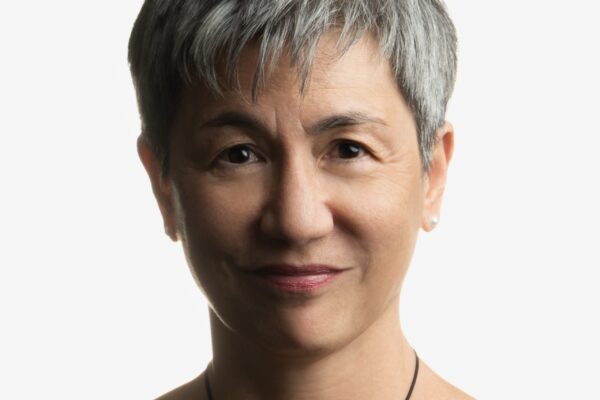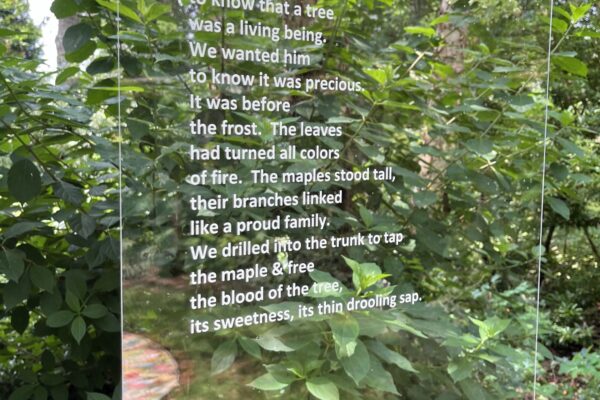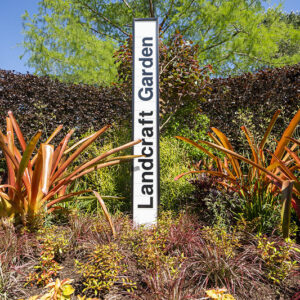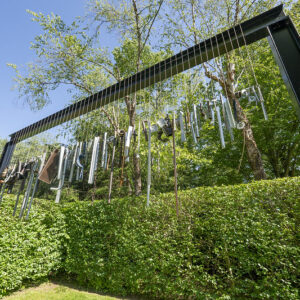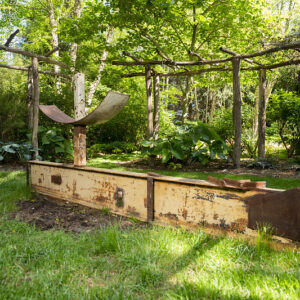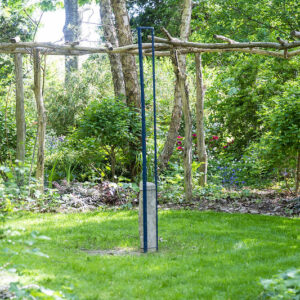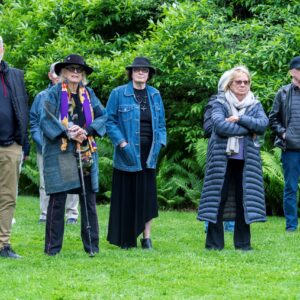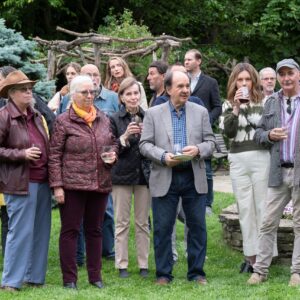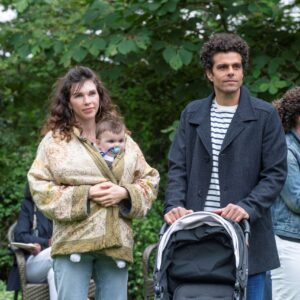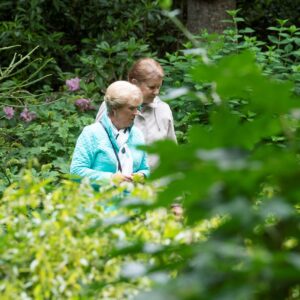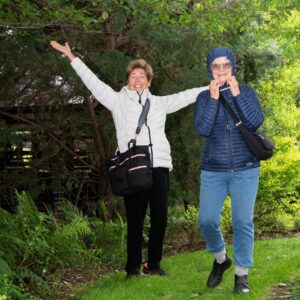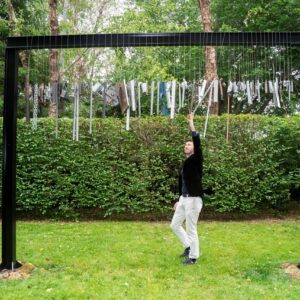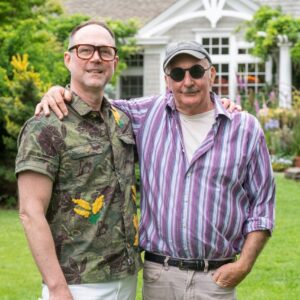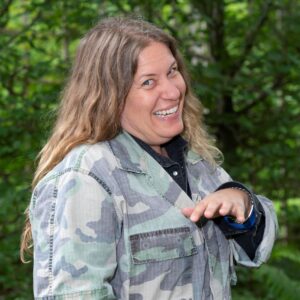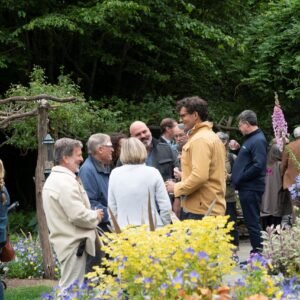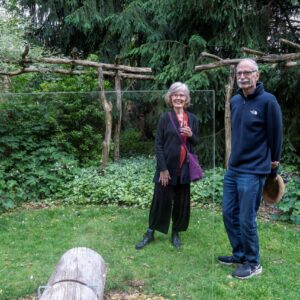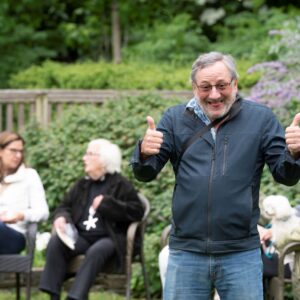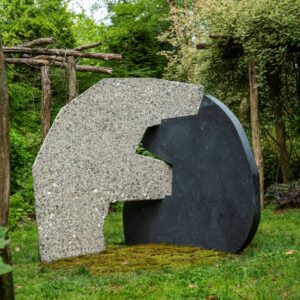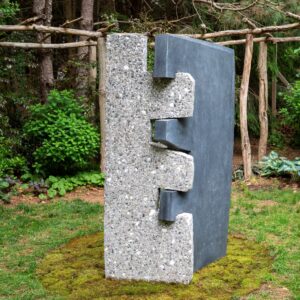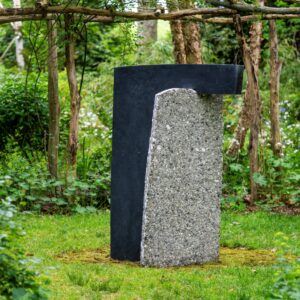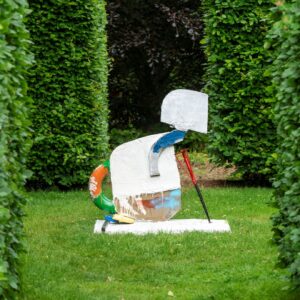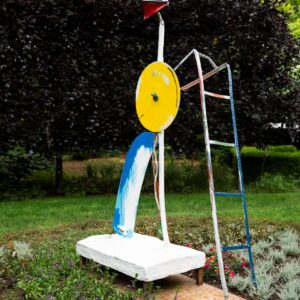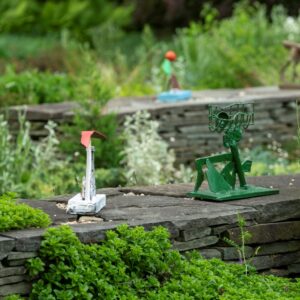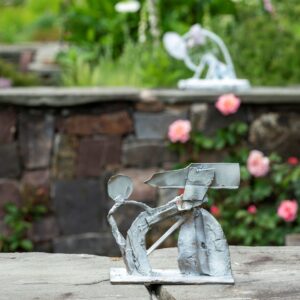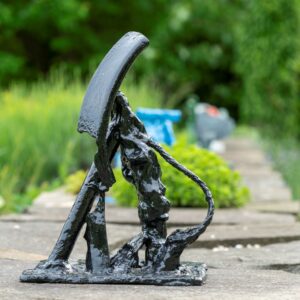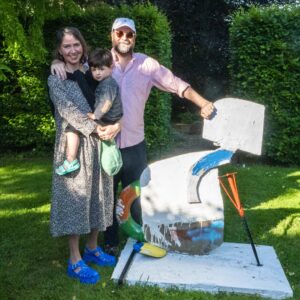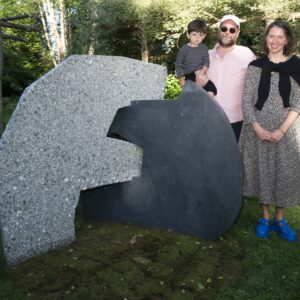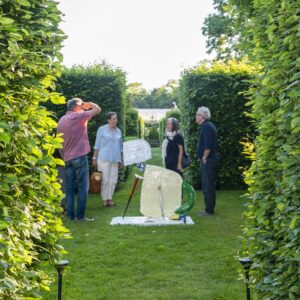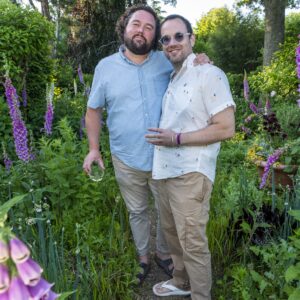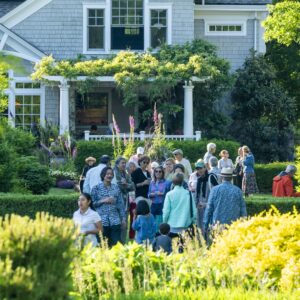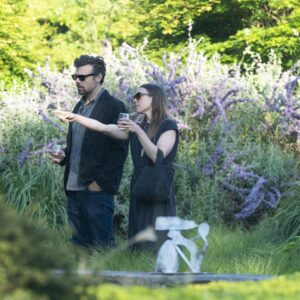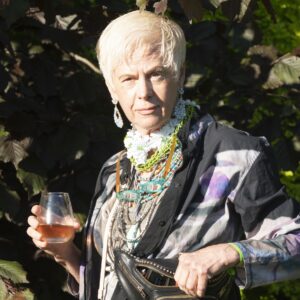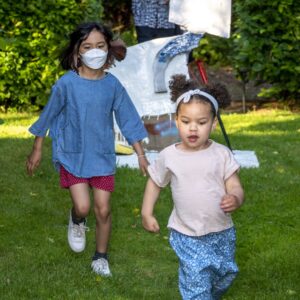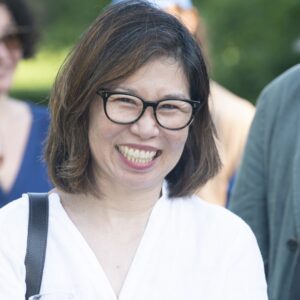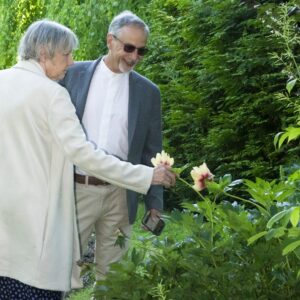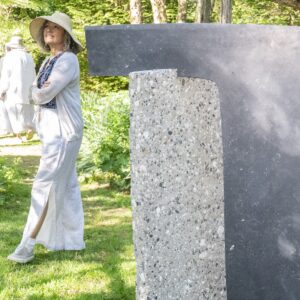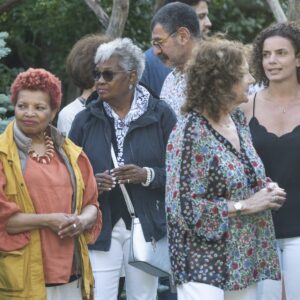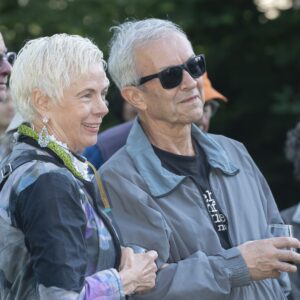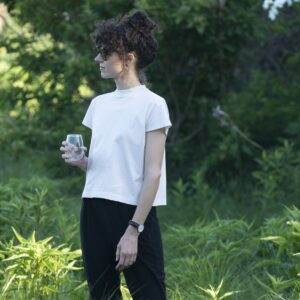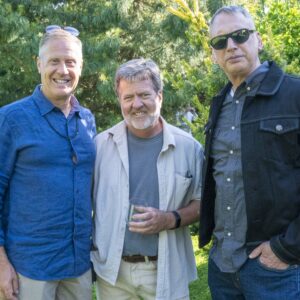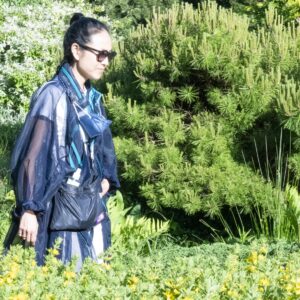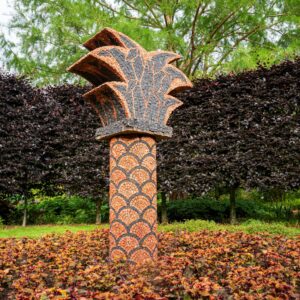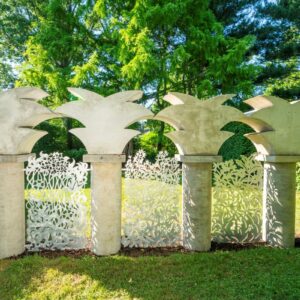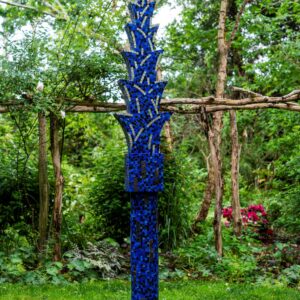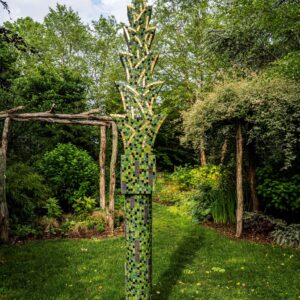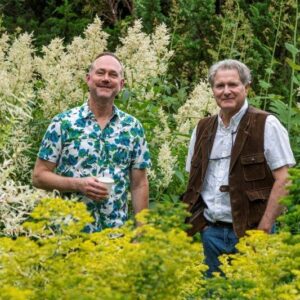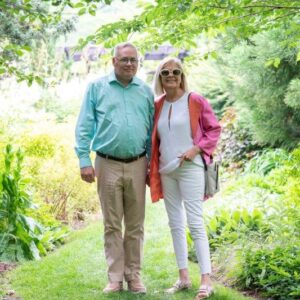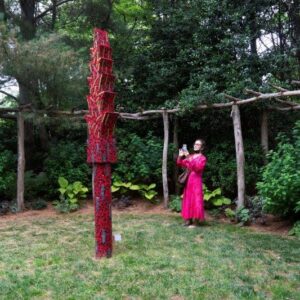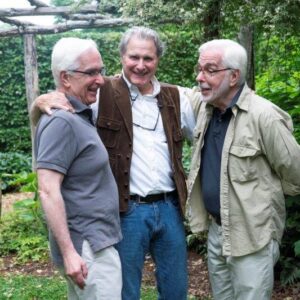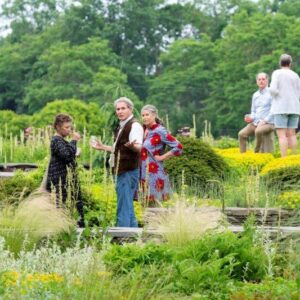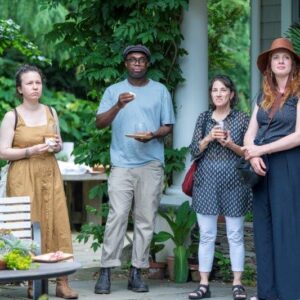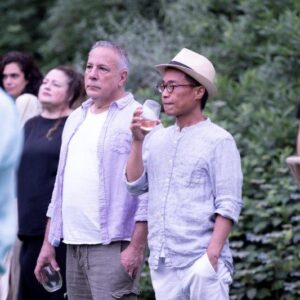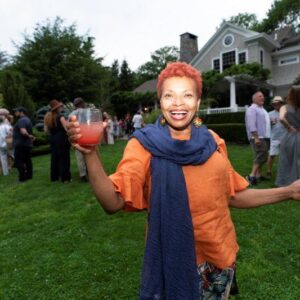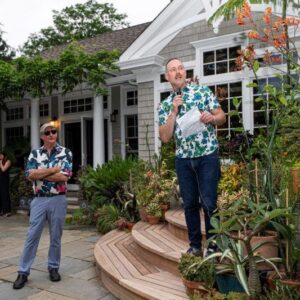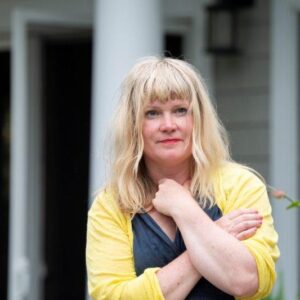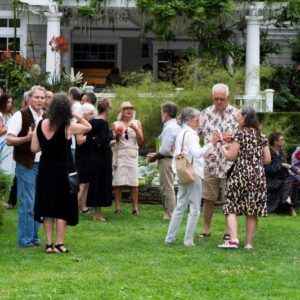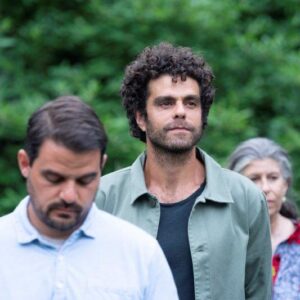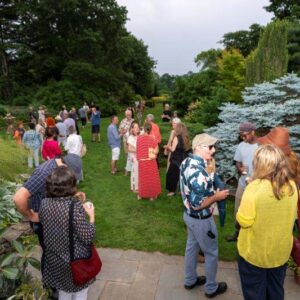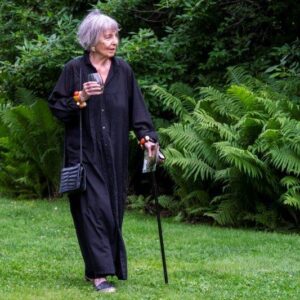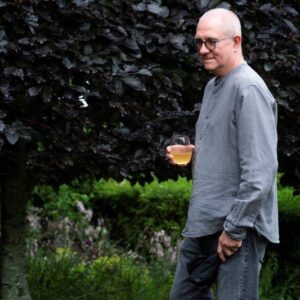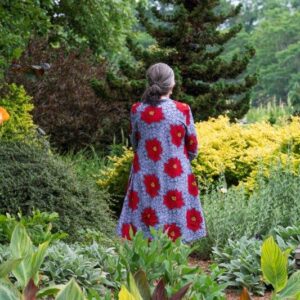2024 Sculpture in the Garden Series
Jorge Pardo
DATE: June 8 to October 26, 2024
TIME: Fridays & Saturdays, 10am-4pm
ABOUT THE ARTIST
ABOUT THE ARTIST
Jorge Pardo was born in Havana, Cuba in 1963 and studied at the University of Illinois, Chicago. He received his BFA from Art Center College of Design in Pasadena, California.
Pardo’s artwork explores the intersection of contemporary painting, design, sculpture, and architecture. Employing a broad palette of vibrant colors, eclectic patterns, and natural and industrial materials, Pardo’s works range from murals to home furnishings to collages to larger-than-life fabrications. He often transforms familiar objects into artworks with multiple meanings and purposes, such as a set of lamps displayed as both sources of illumination and as freestanding sculptures, or a sailboat exhibited as both a utilitarian, seaworthy vessel and as a striking obelisk. Working on small and monumental scales, Pardo also treats entire public spaces as vast canvases. Pardo engages viewers with works that produce great visual delight while questioning distinctions between fine art and design.
His work has been the subject of solo exhibitions including the Savannah College of Art and Design, GA (2023); Pinacoteca de Estado São Paulo, São Paulo (2019); Hacienda la Rojeña, Tequila, MX (2019); Victoria Miro, London (2018); Petzel, New York (2017); José García, Mérida, MX (2016); David Gill Gallery, London (2015); Musée des Augustins, Toulouse (2014); neugerriemschneider, Berlin (2014); Gagosian Gallery, New York (2010); Irish Museum of Modern Art, Dublin (2010); K21 Kunstsammlung Nordrhein-Westfalen, Düsseldorf (2009); Los Angeles County Museum of Art (2008); and Museum of Contemporary Art, Miami (2007).
His work is part of numerous public collections including the Centre Pompidou, Paris; Tate Modern, London; Museum of Contemporary Art, Los Angeles; Museum of Contemporary Art, Chicago; Boijmans van Beuningen Museum, Rotterdam; Museum of Contemporary Art, Miami; Museum of Modern Art, New York, and the Whitney Museum of American Art, New York.
Jorge Pardo has been the recipient of many awards including the MacArthur Fellowship Award (2010); the Smithsonian American Art Museum Lucelia Artist Award (2001); and the Louis Comfort Tiffany Foundation Award (1995).
Jorge Pardo currently lives and works in Merida, Mexico and on the North Fork.
Curated by Ugo Rondinone.
This exhibit was made possible by the generous support of Bortolami; the Statewide Community Regrant Program – a regrant program of the New York State Council on the Arts with the support of the Governor and the New York State Legislature and administered by The Huntington Arts Council; Landcraft Environments, Ltd.; Jon Tomlinson; Traveling Wheelbarrows Masonry; and Macari Vineyards.
